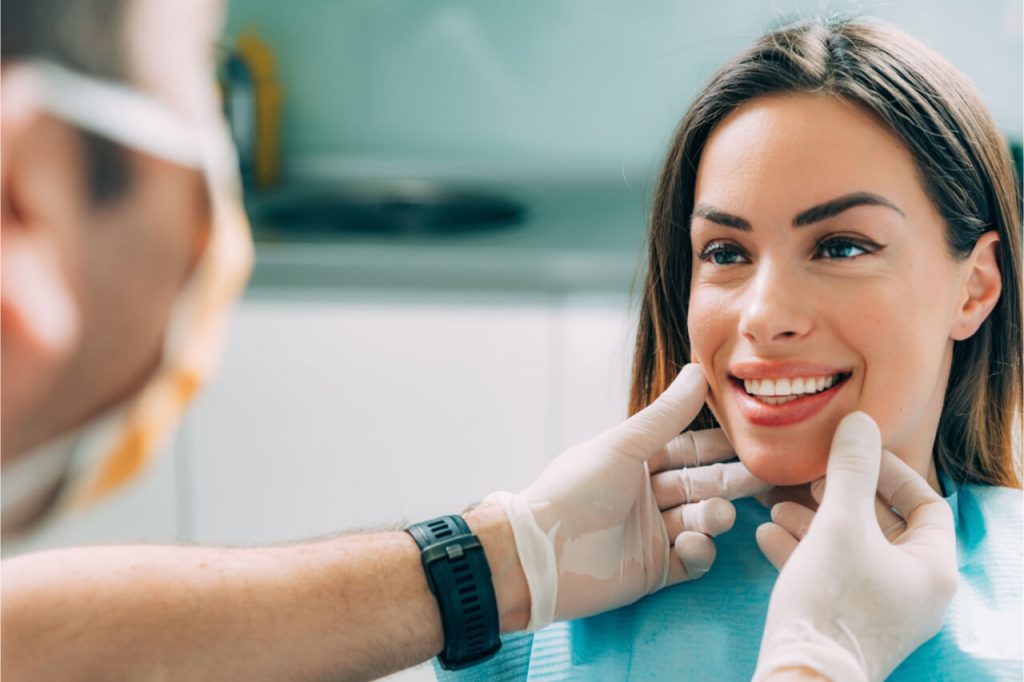Dental trauma is a common occurrence, especially among children. Most of the time, front tooth pain after trauma can cause a bruised tooth stick with pink or gray color, mainly if the tooth does not entirely fall out from the socket. So, if you notice this kind of discoloration on your tooth, go to Casey Dentists’ clinic in Townsville, QLD or your trusted dentist’s office to get reliable, professional dental help. In any case, keep reading to learn about dental trauma, including the different common types of dental injuries.
What Qualifies as Traumatic Dental Injuries?
A dental health emergency can happen to the jaw, teeth, or soft tissue of the mouth. At times, the nature of the emergency is so evident, such as a chipped or cracked tooth. Other times, patients have bleeding or discomfort and are uncertain of the primary reason.
patients have bleeding or discomfort and are uncertain of the primary reason.
Generally, children and teenagers who play contact sports are the most prone to encounter dental injuries. However, individuals of any age may be affected. This is particularly evident if you recently had a terrible fall or car accident. Also, dental injuries are common in cold places like Alaska. Since active exercise is essential in cold weather, people need to be extra careful. This is because rigorous and hyped movements can quickly cause trauma to the body, especially the mouth.
Furthermore, it is crucial to treat any tooth trauma seriously. Regardless of whether the damage appears gentle, patients should be seen by a dentist straight away. The neighboring teeth and soft tissue may suffer extra damage that can only be identified using a detailed exam. Overlooking issues such as severe pain or bleeding can make complications that require more comprehensive treatment later on.
A Bruised Tooth
Similar to a physical bruise, injury or trauma usually results in a bruised tooth. A traumatic injury could result from grinding your teeth, biting down on a hard object, or sustaining a sports injury, or any hit to the mouth.
It is natural to encounter a lingering toothache. On the other hand, if you experience pain after a trip to your local dental clinic, the issue might be the ligaments of your teeth. This connective tissue serves as a shock absorber to pad your teeth from regular use. They can become damaged, sprained, and inflamed with too much pressure, called sprained tooth syndrome or bruised teeth.
Four Common Dental Injuries
Other than bruised teeth, your permanent teeth can face various kinds of oral injury. These include:
Chipped Tooth
Tooth sensitivity is a common sign that you have a chipped or cracked tooth. The amount of sensitivity may depend on the severity of the chip. If the chip is inside the enamel, you will probably not feel sensitive to cold foods. However, you may still be susceptible to touch because of the trauma encountered and may sense a sharp edge. Suppose the chip is within the dentin, the second layer of the tooth. Then you can anticipate experiencing sensitivity to cold or hot foods.
Most of these require a filling or a crown, depending on the size of the chip. So, if you have a chipped tooth, just click on this link to get the treatment you need. This injured tooth might darken in color over the long run because of the trauma experienced. Furthermore, if the tooth gets infected or the pain worsens, you may need a root canal treatment in this situation.
Exposed Nerve
If the crack is very huge, you might go beyond the dentin layer and expose the nerve inside the tooth. This can cause a painful sensation, as the nerve does not have any protection around it. You may also experience pain symptoms if anything contacts the affected tooth and upon temperature changes.
You may also experience pain symptoms if anything contacts the affected tooth and upon temperature changes.
Generally, one of the standard dental procedures to treat exposed nerves is through root canal therapy. You can check this website to see more recommended treatments to prolong the life of the tooth.
Loose Tooth
The loose tooth might show up longer whenever pushed forward or shorter whenever moved backward. The earlier the dentist can reposition the tooth, the simpler the revision will be. Your dentist will use a dental splint to prevent these damaged teeth from having pressure and movement during the healing period. Furthermore, this dental trauma can likewise cause nerve damage, prompting a root canal treatment.
Dental Avulsion
If a tooth is knocked out of the socket, you may want to avoid touching the root surface to keep the surface clean. However, gently wipe the tooth clean and wash with clean water or milk if it is dirty. In addition, it would be best to attempt to put back the tooth from its socket before seeing a dentist. If not, you can place it in a clean container loaded up with milk. This is the most ideal approach while you are on your way to your dentist’s office, and if possible, they will replant the tooth for you. You can click on this link if you need help in fixing your knocked out tooth.
Remember that it is better to replant the knocked-out tooth from its socket within one hour after the trauma. This is because the longer the tooth is out of the socket, the lower it is possible for the dentist to put it back in its original place. The long-term objective is for the tooth to connect with the surrounding tissues and supporting bone. Because the tooth has been cut off from the blood and nerve supply, it will require root canals to eliminate the remaining severed nerve tissue. In any case, it is essential to know that your dentist would only replant adult teeth and not primary teeth.
If you lost your teeth and need to replace it, contact Custom Denture Clinic today.
References:
Identifying A Bruised Tooth.
Dental Emergency.
https://www.mouthhealthy.org/en/az-topics/d/dental-emergencies
Knocked-out tooth.




